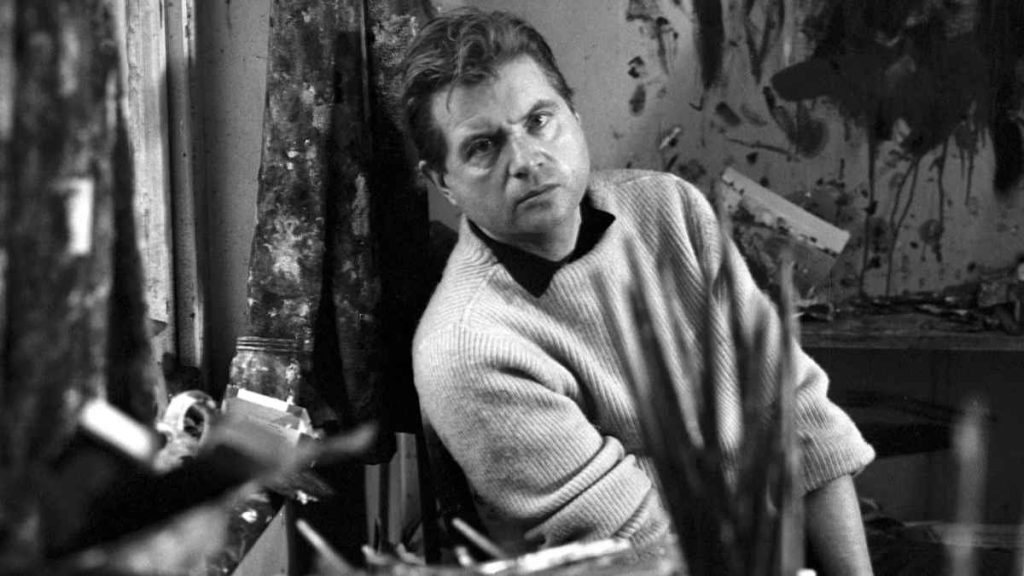Francis Bacon, a name synonymous with 20th-century modern art, is renowned for his visceral and provocative works. Born in Dublin in 1909 at 63 Lower Baggot Street to English parents, Bacon’s early years were spent amidst the cultural vibrancy of what is now referred to as “Baggatonia.” However, despite his birthplace and brief childhood in Ireland, the question remains: can Bacon be considered an Irish artist?
Early Life and Departure
Bacon left Ireland at the age of 16, relocating to England. His departure came during a time of significant political upheaval in Ireland, marked by rebellion, the War of Independence, and the establishment of the Free State. This turbulent environment, coupled with his personal struggles as a young homosexual man with a difficult relationship with his father, shaped his sense of identity as an outsider—a theme that permeated his life and art.
Unlike Irish artists such as Jack B. Yeats, whose works are steeped in Irish landscapes and themes, Bacon’s art bears little direct reference to Ireland. His most famous works, like Study After Velázquez’s Portrait of Pope Innocent X (1953), evoke universal themes of anguish and existential dread rather than a connection to his birthplace.
The Studio in Dublin
While Bacon is often categorised as a British artist, his most enduring physical legacy in Ireland is his London studio, meticulously relocated to the Hugh Lane Gallery in Dublin in 1998. The studio, donated by Bacon’s companion John Edwards, includes over 7,000 items, such as sketches, photographs, and slashed canvases, offering unparalleled insight into his chaotic creative process.
Visitors to the Hugh Lane Gallery can peer into this preserved space, which was painstakingly reconstructed in Dublin. Among the artefacts are manipulated images, notes, and even the paint-splattered studio door, which once attracted a €2 million offer from a Japanese gallery. This archival treasure trove reinforces Bacon’s importance in the global art world and Dublin’s cultural landscape.
Ireland’s Claim to Bacon
Ireland’s relationship with Bacon is complex. In 1999, a plaque was unveiled on his birthplace at Lower Baggot Street, an act that symbolised an attempt to reclaim him as an Irish figure. However, Bacon himself exhibited little affinity for Ireland, often distancing himself from his roots.
This contrasts sharply with figures like Samuel Beckett, another Irish-born artist who spent much of his life abroad but retained a strong Irish identity in cultural discourse. Bacon’s work, steeped in European and global influences, resists such categorisation.
A Legacy Beyond Borders
Despite Bacon’s ambivalence toward his birthplace, the relocation of his studio to Dublin is a significant cultural achievement. It cements his connection to the city and provides a platform for appreciating his contributions to art history. While his works may not reflect a traditional Irish identity, they resonate universally, making him a figure of intrigue and debate in Ireland and beyond.
Ultimately, the question of whether Francis Bacon can be considered an Irish artist remains open to interpretation. His legacy, however, continues to inspire, challenge, and captivate audiences worldwide.


